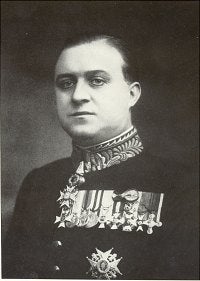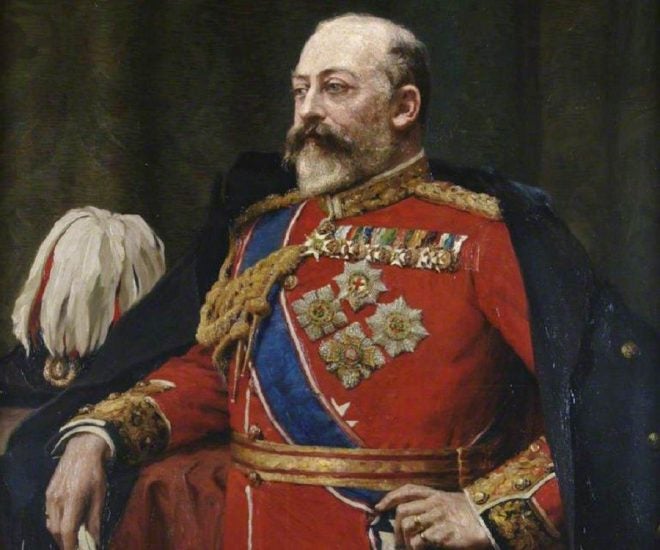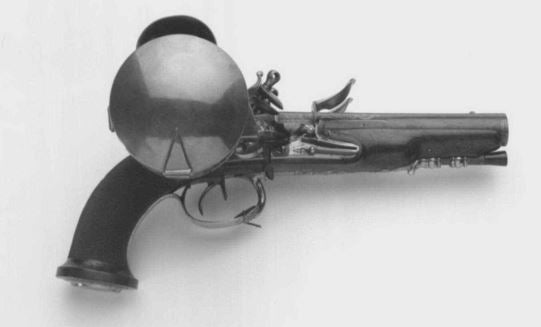In a recent piece by Hrachya for TFB, he took a look at a French-made flintlock pistol-lantern combo. I was intrigued by the concept and dug a bit deeper. Here’s some more info about the design and its creator.

French inventor Edme Regnier
This unusual contraption was invented by a Frenchman named Edme Régnier (1751-1825). The design is unconventional, but that is exactly what he specialized in creating. He also invented a firearm alarm clock, a pocket lighter, and various other “-meters” for purposes such as measuring the tensile strength of silk, the power of a fire hose, the muscular strength of man and animal, the flow of river water, and more.
Régnier apprenticed with a gunsmith in Dijon, France, which is why much of his work focused on firearms. It also afforded him the honor of becoming the first director of the Musée d’Artillerie in Paris. He took up that post in 1793 and held it for 23 years, until 1816.
He also served as an inspector of portable firearms production under the Committee of Public Safety, but that was a short-term position that lasted less than a year in 1793. That’s just as well, since the CPS ceased to exist by 1795.
The gun lantern he created was billed as being ideal “for those in the case of travel by car at night.” I guess it could have served as a handheld headlight and personal protection piece by someone riding shotgun on a carriage.

Sir Guy Francis Laking
The design is interesting enough that an example was acquired in the 19th century for inclusion in the Armoury of Windsor Castle. A catalog of the items in the collection was done by Sir Guy Francis Laking, Keeper of the King’s Armoury, in 1904. The king at that time was Edward VII, the great-grandfather of the current Queen Elizabeth II.

King Edward VII
Windsor Castle’s collection of arms and armor is massive. When Laking created his inventory, the European section alone filled up 284 pages. That may sound like a lot of stuff – and it is – but you have to remember that the castle has approximately 1,000 rooms spread out over 484,000 square feet.

Windsor Castle
Laking lists it as having a checkered walnut stock, 5 ⅞” barrel, and two lock mechanisms. Like the one that was for sale at the Italian auction house, the lantern is attached to the right lock and the left lock is attached to the barrel.
The barrel boasts inlaid gilt foliage scrolls and the steel pommel cap is engraved with an urn, foliage spray, and a flowerhead. The standard wooden ramrod is capped with a piece of horn.

The lantern from the Windsor Castle, which is now part of the Royal Collection Trust, is certainly different from the one previously seen on TFB. This one has no extension below the lantern for holding a candle, and the housing itself is much wider. Furthermore, no mention is made (either in 1904 or on the website) of a pivoting foot for resting the unit on a table.
I could not find any other references to existing examples of Régnier’s design outside of the two pieces mentioned here. Placing a value is difficult, too. Czerny’s Auction placed an estimate of €16,000 – €19,000 on their example when it came up for sale in June 2018. That converts to a low estimate of approximately $18,400 – not including a hefty buyer’s premium of 30.5% – for a total of more than $24,000. With a price like that, it certainly didn’t surprise me to learn that the gun lantern did not sell.
 Your Privacy Choices
Your Privacy Choices
